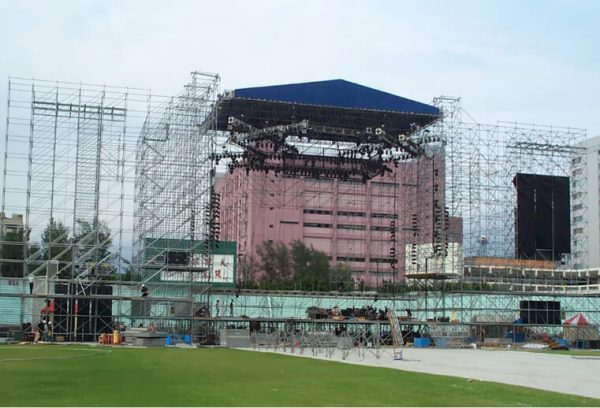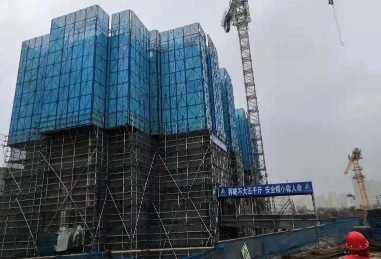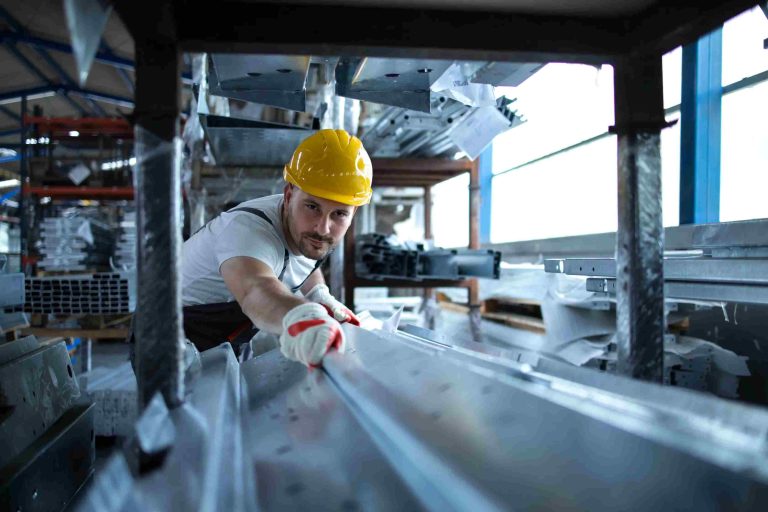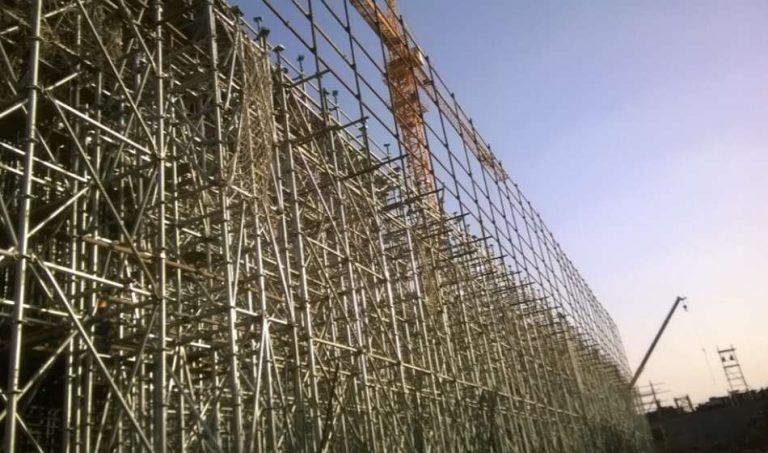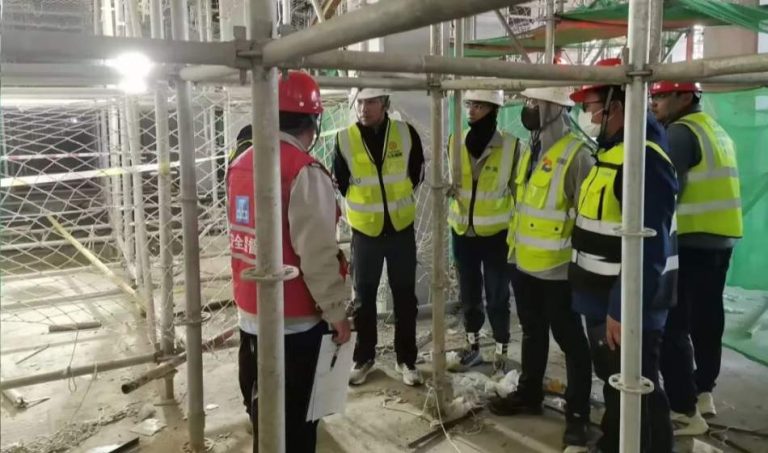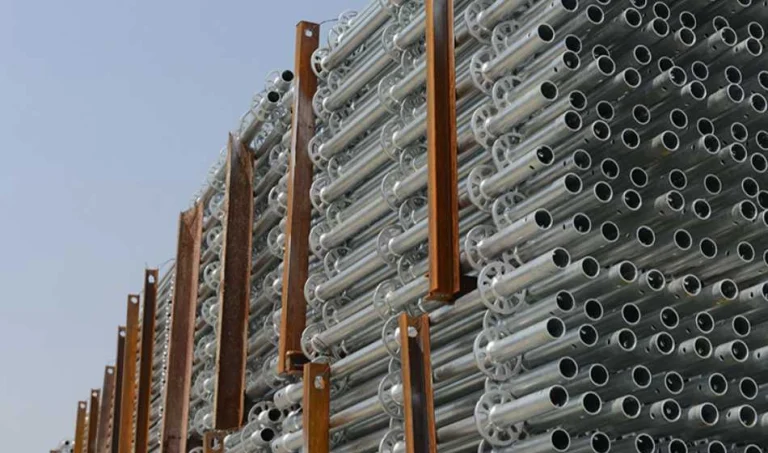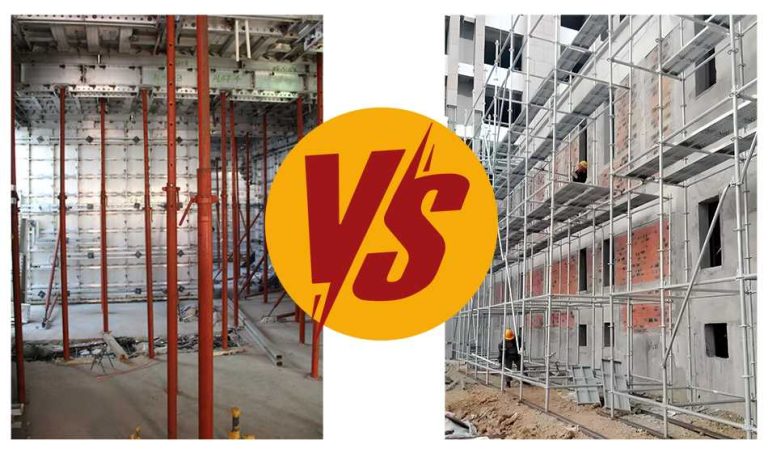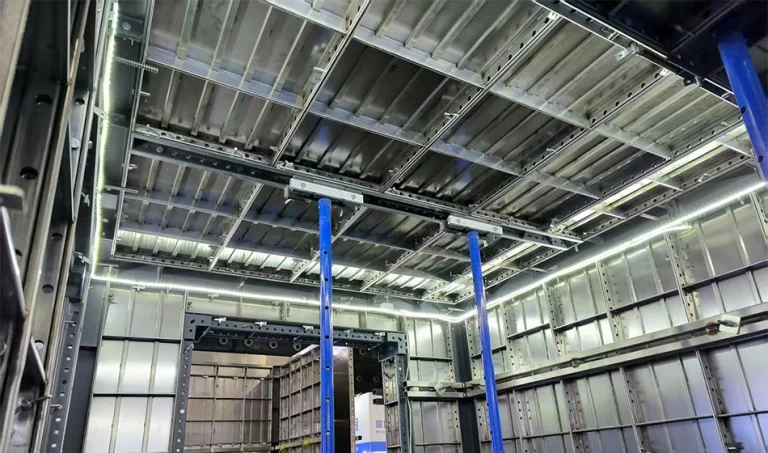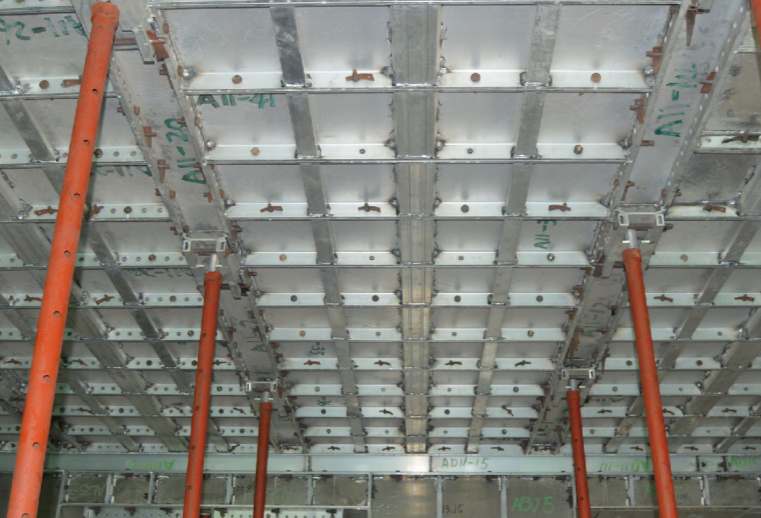What Are Scaffolding Safety Standards and Why Do They Matter?
Defining Scaffolding Safety Standards in Construction
Scaffolding safety standards are a useful guide. They prescribe how to build, use, and care for scaffolds in workplaces. These standards make temporary platforms doubly strong and safe. They make scaffolds have the strength to hold heavy objects without injuring anyone. Following these standards avoids falls, collapses, and other terrifying accidents.
Key Regulatory Bodies Governing Scaffolding Safety
OSHA (Occupational Safety and Health Administration) Guidelines
In the U.S., OSHA is the top dog for scaffold rules. Their Standard 1926 Subpart L lays down the law. It covers strength, fall gear, load limits, access spots, and check-ups. For instance, OSHA insists scaffolds must handle four times their planned weight. Plus, platforms over 10 feet need guardrails, no exceptions.
ANSI (American National Standards Institute) Requirements
ANSI chimes in with its A10.8 standard. OSHA’s rules are must-dos by law, but ANSI pushes things further. It dives deep into engineering tricks, part testing, and safe ways to put up or take down scaffolds. It’s like a pro playbook for going above and beyond.
Consequences of Non-Compliance with Safety Standards
Skiing around these rules is a big oops. It can hurt workers or kill them. Companies can be sued, projects can be delayed, or receive hefty fines. OSHA records show scaffolding missteps are among the top five workplace don’ts. These accidents not only harm people—they ding your bottom line and reputation, big time.
How Do Scaffolding Accidents Happen and What Can Be Done to Prevent Them?
Common Causes of Scaffolding-Related Incidents
Structural Failures and Collapses
Scaffolds can crash if slapped together incorrectly or loaded too heavily. Shaky joints snap under stress. The قارنة سقالات السقالات is a star here—it locks parts tight. Solid couplers keep things steady, dodging sudden tumbles.
Inadequate Training and Supervision
Accidents pop up when workers aren’t clued in. Many don’t know safe scaffold use. Skimpy oversight during setup or takedown is another troublemaker. Every worker needs solid training on gear like personal protective equipment (PPE), spotting hazards, and handling emergencies.
Weather-Related Hazards and Environmental Factors
Weather can make scaffolds risky. Gusty winds wobble them if they’re not tied down. Wet or icy surfaces turn slippery fast. Rain cuts grip, and strong breezes can shake loose parts. Anti-slip coatings and firm anchors keep things rock-steady.
Preventive Measures to Minimize Risks
Regular Inspections and Maintenance Protocols
Check scaffolds every day to catch worn-out bits or loose joints early. Daily peeks stop trouble before it grows. Every piece needs a quick look when the site’s buzzing.
Proper Load Distribution and Weight Limits
Spread the weight nicely and evenly to avoid tipping or bending. Scaffolding structures are simple yet tough. They’ve got awesome strength when loaded smart. Stick to weight caps, and you’re set.
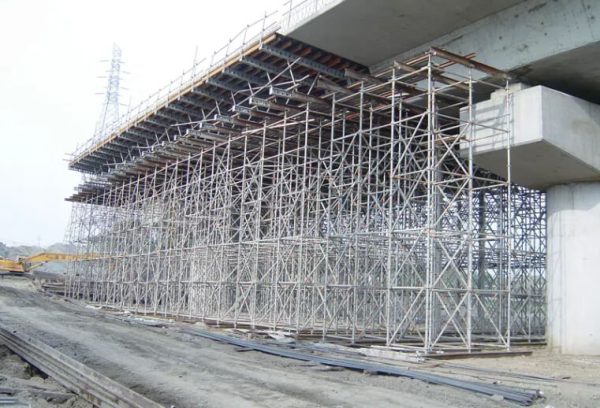
Which Legal and Policy Changes Are Shaping Scaffolding Safety Today?
Recent Updates to OSHA Regulations on Fall Protection
OSHA tightened things up. They pushed harder on fall arrest gear for scaffolds over six feet, especially for low-slope roofing gigs. Guardrails alone don’t always cut it. These updates fit the wild, fast-moving setups on today’s sites.
The Role of State-Level Policies in Enforcing Compliance
Some states outdo OSHA. California, for one, demands extra training for scaffold builders. They also want outside engineers to check more often. These strict rules put safety front and center.
What Should You Look for in a Safe and Compliant Scaffold System?
Essential Features of a Compliant Scaffold Structure
Guardrails, Toe Boards, and Access Points
Guardrails keep falls at bay. Toe boards stop tools from dropping. Ladders and entry points must be locked in tight, with no blocked paths. Safety’s the name of the game.
Anti-Slip Platforms and Stabilizing Components
Platforms need grippy surfaces, especially outside. Anti-slip coatings are a lifesaver. The scaffold’s inner setup is sealed up, with clear walkways at every level.
Importance of Certified Materials and Engineering Design
Use top-grade stuff like Q335, Q235 or Q195 steel. Hot-dip galvanization fights off rust, keeping scaffolds tough for ages. These materials make for safe, long-lasting setups that hit strict standards.
Evaluating Third-Party Inspection Reports Before Use
Before raising a scaffold, check third-party reports. These prove your system meets engineering and legal rules. It’s a must for keeping things safe and legit.
Why Is GOWE a Trusted Name in Scaffolding Safety?
Our Commitment to Exceeding Scaffolding Safety Standards
At جوي, safety’s our thing. We bake it into every step—design, crafting, and more. Our formwork systems beat standards like EN12811 and JG/T503. We use certified Q355 steel and aluminum beams for mega strength. We don’t just follow rules—we zoom past them.
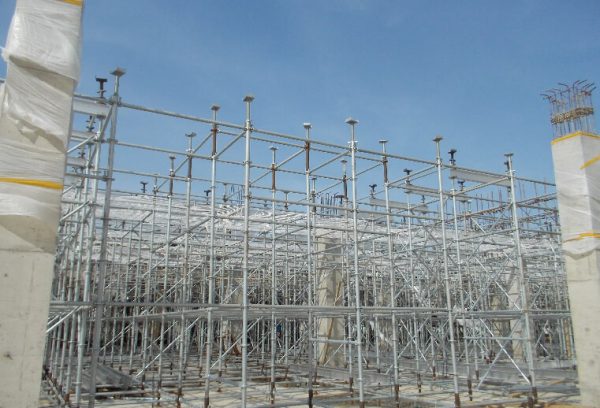
Overview of GOWE’s Industrial-Grade Scaffold Systems
Modular Frame Systems for Versatile Site Use
Our frames are light but mighty. They set up fast and fit any site. Quick to build or take down, they save you time and headaches.
Heavy-Duty Steel Tubes with Corrosion Resistance
Our hot-dip galvanized steel tubes shrug off bad weather. They stay strong and rust-free, perfect for long hauls.
Integrated Locking Mechanisms for Maximum Stability
Our locks are super tight. They spread force across three points—braces to verticals. Ledger and diagonal brace heads hug tube curves for a rock-solid hold.
Adjustable Base Plates for Uneven Terrain
Got bumpy ground? No biggie. Our adjustable base jacks keep things level. They fight bending and stay steady, whatever the surface.
How GOWE Provides Support and Services
We’re not just gear sellers. GOWE gives expert tips on site setups, tailored to your project’s quirks. We make sure everything runs smoothly and follows rules, from start to finish.
الأسئلة الشائعة
Q: What are the minimum requirements for a safe scaffold according to OSHA?
A: OSHA says scaffolds gotta hold four times their max load. Platforms over 10 feet need guardrails to stop falls.
Q: How often should scaffolds be inspected?
A: Check them before every shift. Someone trained needs to spot loose bits or risks.
Q: Can the weather affect scaffold stability?
A: You bet. Wind shakes tall scaffolds. Rain makes things slippery. Anti-slip platforms keep it safe.
Q: Are aluminum beams compatible with steel scaffold structures?
A: Yup. Aluminum beams are compatible with Q235 or Q355 steel. They’re light but tough, making them easy to handle.
Q: What certifications should I look for when choosing a scaffold system?
A: Look for EN12811 or BS1139. Third-party reports confirm your system’s solid.

